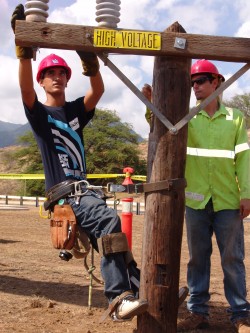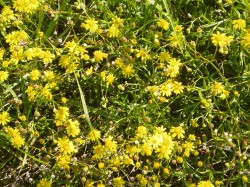“Na Kupu Mana`olana — Seeds of Hope” Premier on Molokai
By Jamie Ronzello, MOM Hui
It has been estimated that Hawaii currently imports 85 percent of their food. However, if we were to look at the history of the Hawaiian Islands, it was not that long ago that the Hawaiian people produced enough food to support a population of one million. Yet today, with the rising costs of shipping foods and the resurgence in the community to return to land, is there hope that Hawaii can feed itself once again?
Come see the acclaimed documentary “Na Kupu Mana`olana — Seeds of Hope” that chronicles the history and current challenges of agriculture in Hawaii today.…













